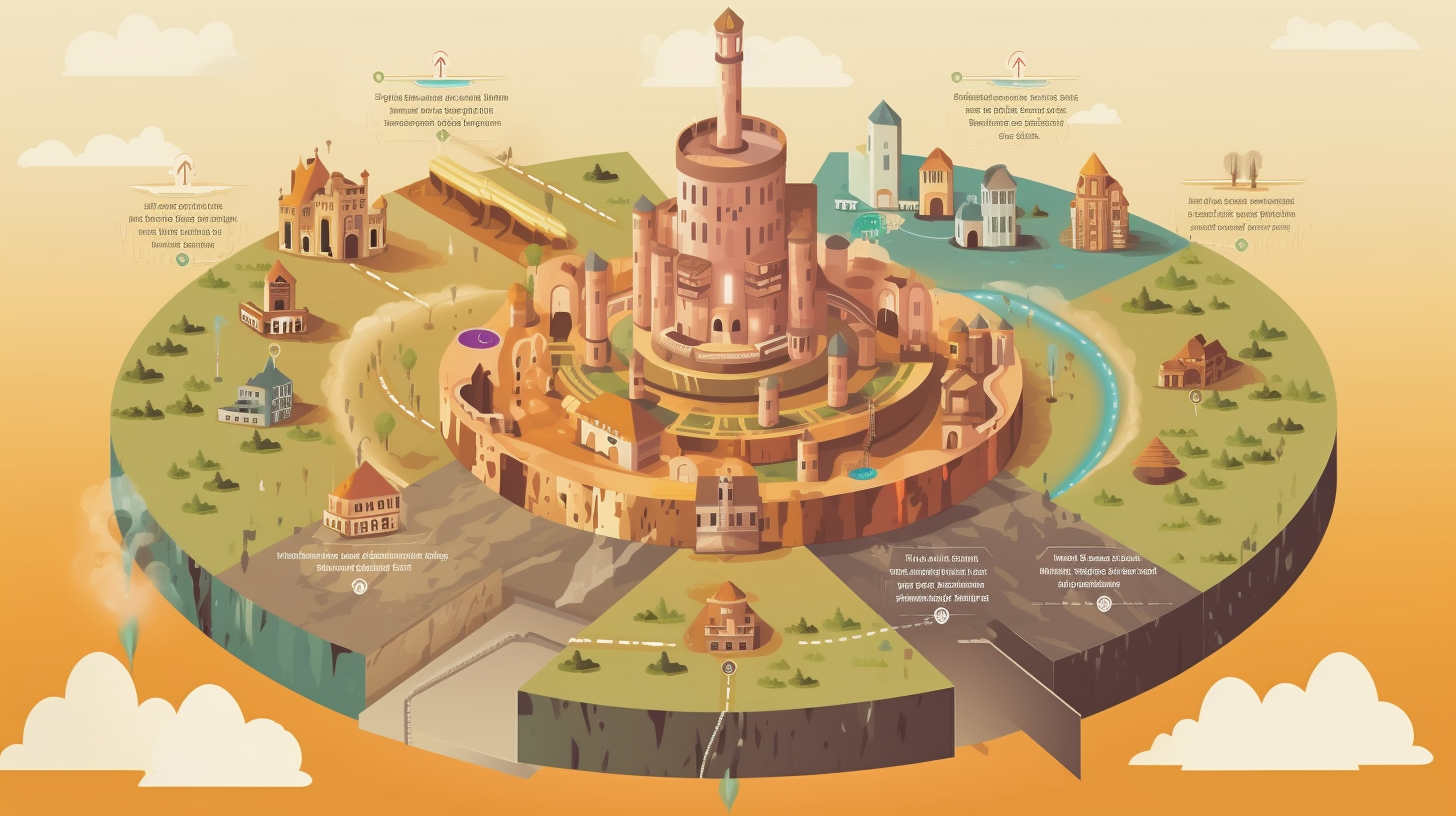Mastering the Salesforce Certified Administrator Exam: The Art of Sharing in Salesforce

Hello there, coding comrades! Fasten your seatbelts, we are venturing into the adventure-filled world of Salesforce sharing models. Hold on, don't let your eyes lose their focus just yet. I know, this topic might appear as dry as your Grandmother’s Sunday roast, but believe me, it spills juice like a summer watermelon once you dig in a bit.
Being Salesforce Certified Administrator aspirants, it's crucial for us to comprehensively comprehend this complex beast. After all, fumbling around the sharing settings like a monkey playing a piano won’t exactly hasten your ascent up the certification mountain. So, let's get our pickaxes sharp and begin diligent digging!
Grasping the Concept of Salesforce Sharing Models
Alright, let's touch the brass tacks. Who sees what within a Salesforce organization effectively gets determined by the Salesforce sharing model. Picture yourself as the host of a party. Yeah, I understand we're adding a touch of fanciness here. You wouldn't appreciate if your guests started going through your personal possessions during the party, right? Well, consider Salesforce as your house and the data within it as your personal belongings. Salesforce sharing models are the bouncers at your party, ensuring no one goes prying where they shouldn't.
The trickiest part, however, is applying the appropriate security controls based on user requests. Reading the room isn't always easy, but with a solid understanding of organization-wide defaults, roles and the role hierarchy, manual sharing, sharing rules and public groups, you'll be the life of the party. Or, at least the master of Salesforce security, which in my humble opinion, is way cooler.
Organization-Wide Defaults: The Gatekeepers of your Data
First up, we have the Organization-Wide Defaults. Allow me to set the scene - picture a kingdom, the data kingdom, and this kingdom is guarded by big burly knights. Organization-Wide Defaults are those knights, setting the baseline level of access that the most users can have.
But, oh no! A crisis! Different knights from different territories (read roles here folks) may need varying permissions. Don’t panic yet, we have a solution. Enter role hierarchy, which overrides organization-wide default settings and allows higher-level roles to access data owned by lower-level roles. Phew, crisis averted.
Manual Sharing: The Exception to the Rule
Things can't always be rules and regulations along the straight and narrow. Sometimes we need our good ol' pal, flexibility. That's where manual sharing comes in. This is your personal VIP ticket to providing specific users with access to records they normally wouldn't see. Consider it your personal twist to the rigid bureaucracy of the data kingdom.
Sharing Rules and Public Groups: Simplifying Complexity
If the Salesforce security architecture was a Greeky labyrinth (that's right, think Minotaur and all), then sharing rules and public groups would be the breadcrumbs leading you out. Sharing rules allow you to automatically grant access to records based on certain criteria, while public groups let you share records with specific sets of people. Aphrodite couldn't have designed a more beautiful system, folks.
Oh, before I forget, did you know that you can make your Certified Administrator study journey a whole heap easier? Yep, your jaw will drop further than a cartoon character's when I tell you about AlphaPrep. Their incredible platform with high-quality course materials, practice questions, and quizzes will make your study sessions as easy as slicing through butter. With AlphaPrep, you’ll be ready to slay the Salesforce Certified Administrator Exam dragon in no time!
The horizon of Salesforce security may seem as distant and obscure as a mirage in a parched desert, but with this understanding of the Salesforce sharing model, you’re well on your way. Armed with organization-wide defaults, roles and the role hierarchy, manual sharing, sharing rules, and public groups, you’ll be navigating this tricky terrain like a seasoned explorer. So, take your compass (or any navigational tool of your choice) and let's begin the journey!